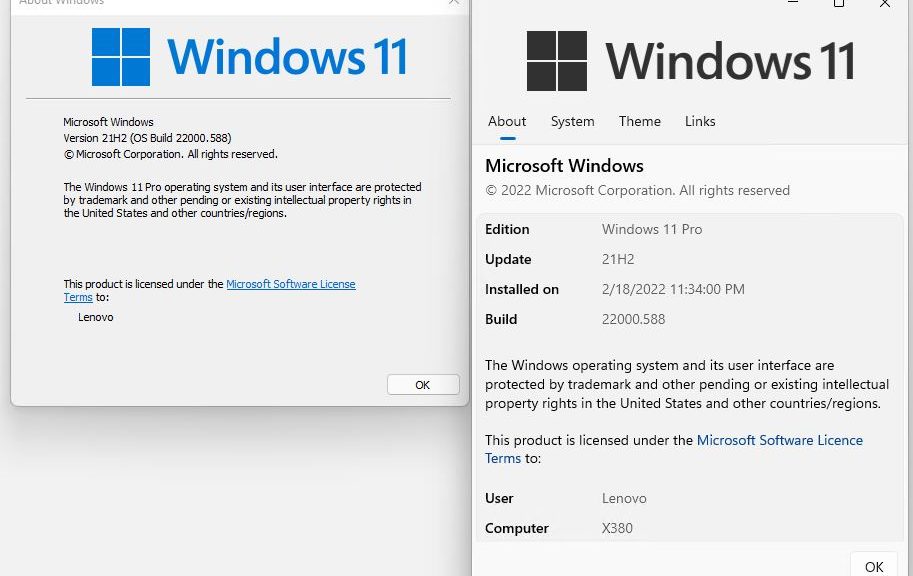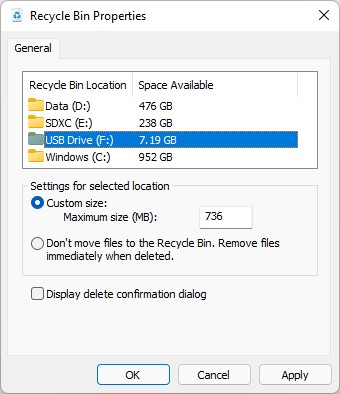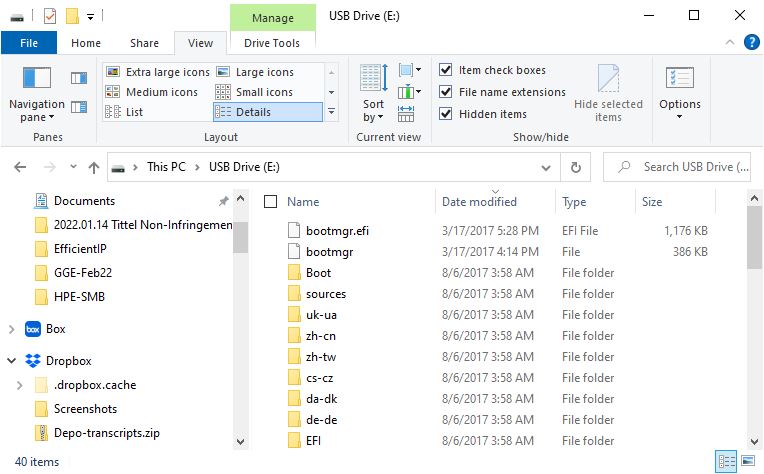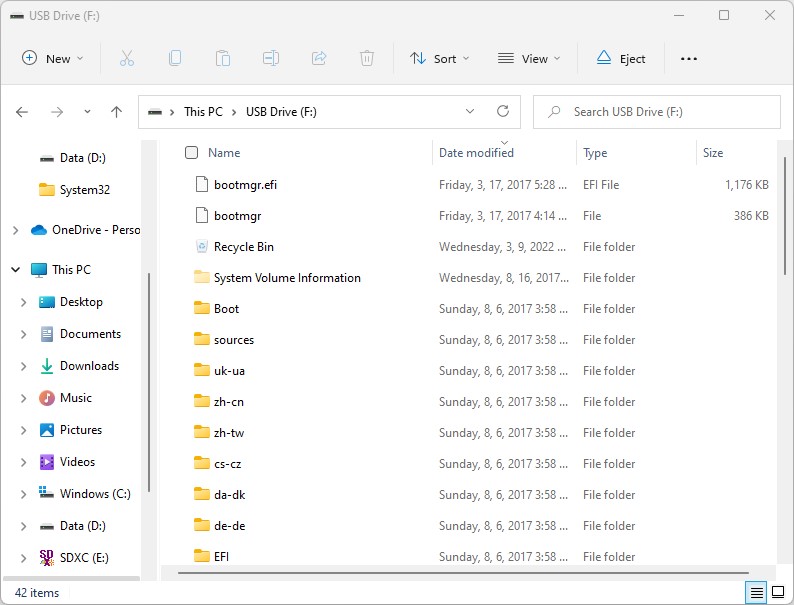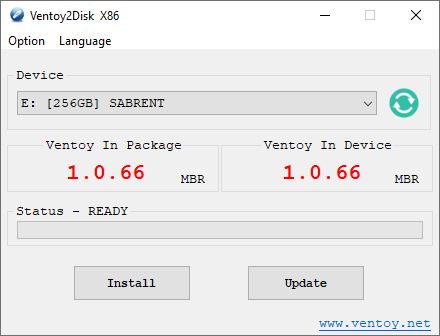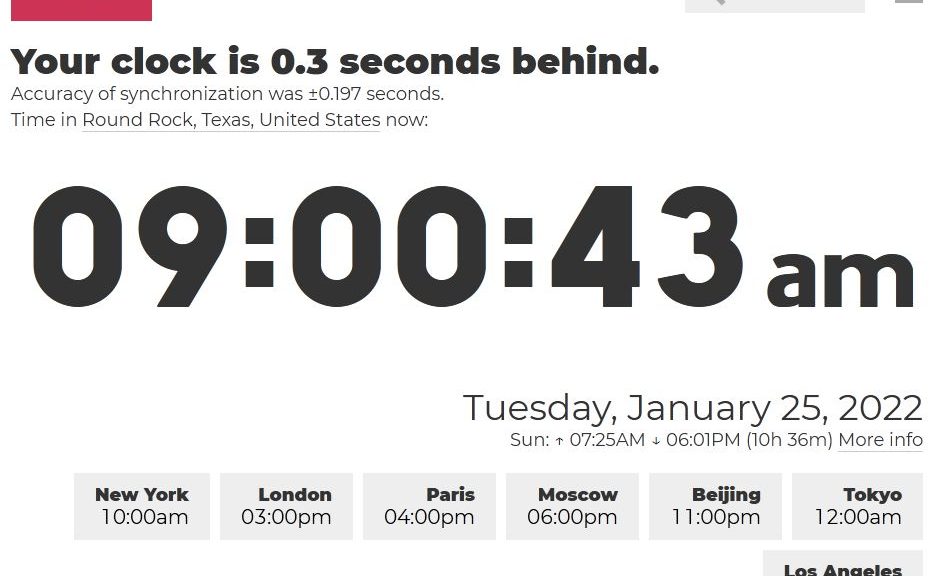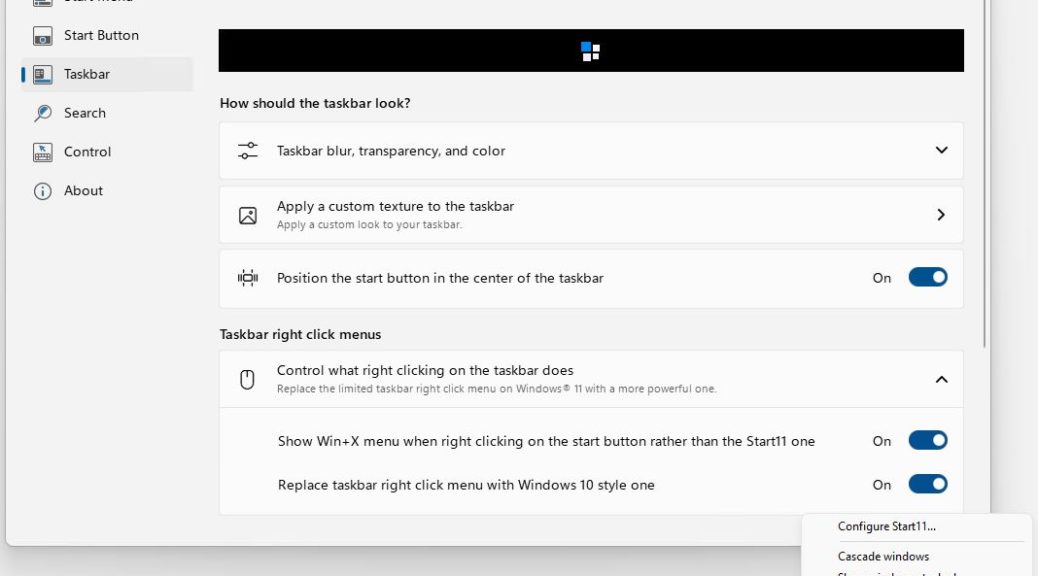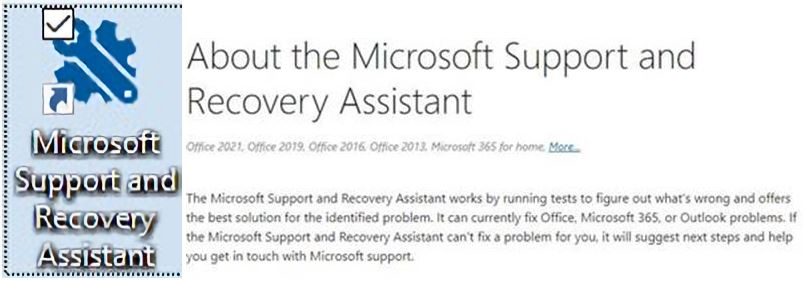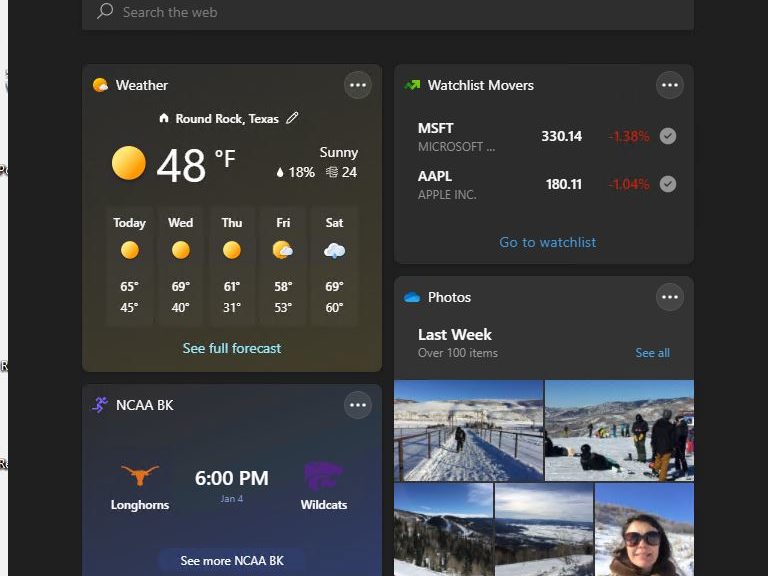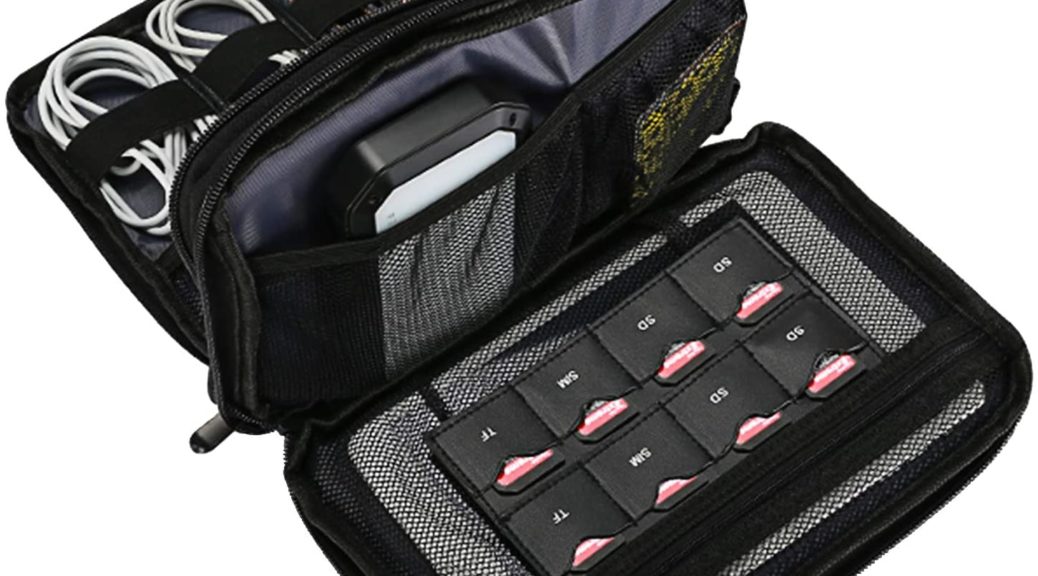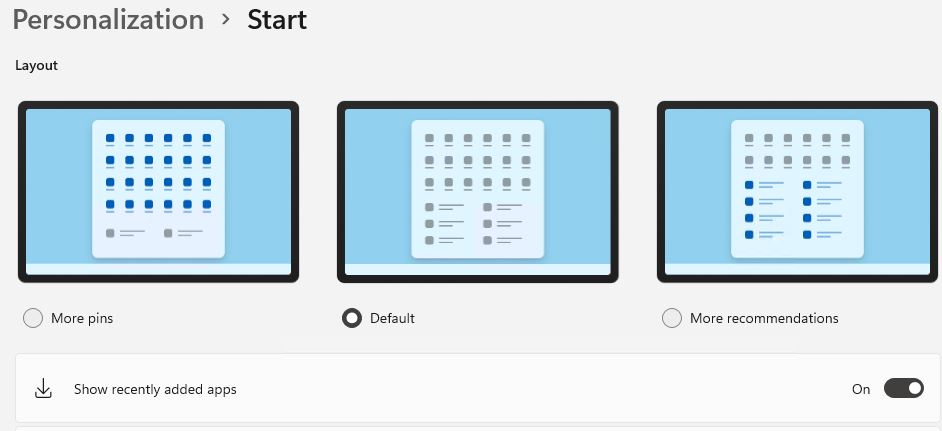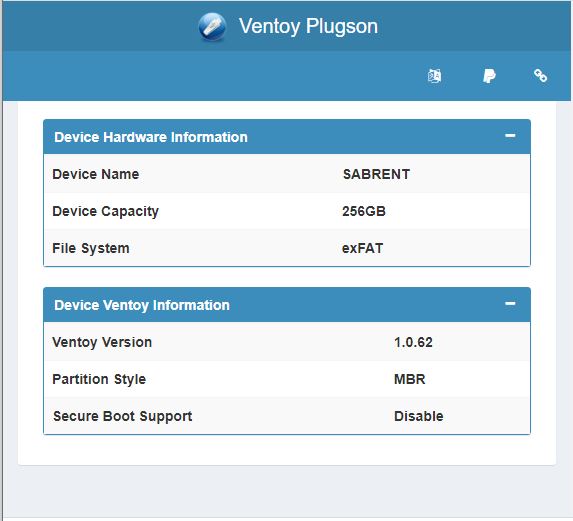The old saying goes: “If it ain’t broke don’t fix it.” True that. And likewise true that Winver.exe still does what it always has. But there’s an enhanced version of this program now available from the Microsoft Store. That app, Modern Winver updates its namesake in numerous cool and interesting ways. The lead-in graphic shows the two programs side by side (classic left, modern right). But it only hints at all the things that the modern version does that its classic counterpart cannot.
What Is Modern Winver? Who’s Behind It?
Modern Winver is third-party software. It comes from a GitHub project run by one torch (aka torchgm). It describes itself as a “modern and more functional replacement for the About Windows screen, providing details on Windows and your PC.”
Actually, I think the description is off a little, and the name of the program is actually more informative. As the lead-in graphic shows, it looks and acts like Winver, but provides more information than the classic version of the program. Specifics follow under the next head.
How Modern Winver Updates Its Namesake
I’ll organize its difference by the four tabs shown just beneath the OS heading in the right-hand pane above — namely, About, System, Theme and Links:
1. About: Shows Windows edition (Home, Pro, etc.) as well as OS version, install date/time and build number. Shows machine name as well as logged-in account name.
2. System: Shows CPU name and type, base CPU speed, device architecture (x86, X64, ARM), plus levels and usage for CPU, primary storage and RAM.
3. Theme: Provides access desktop theme, wallpaper and lockscreen. Enables inclusion of About info on wallpaper and lock screen, if desired.
4. Links: Provides acess to Settings, System Properties, Tips and MS Support, plus links to the underlying Discord and GitHub scaffolding for this program’s development
Bottom Line: Classic Winver Plus
The simplest explanation of the difference is that Modern Winver does everything its namesake does, and a fair amount more. IMO, it looks better and is more fun to use. If you’re of the “like to play with new software and toys” persuasion, you’ll probably like it. If you’re of the “if Windows does it already, why do I need a third-party equivalent?” school, don’t bother. As for me, I’m having fun playing with and learning more about this new toy. Cheers!
Shout-out Added ½ Day Later
Thanks to the members at ElevenForum.com, who alerted me to Modern Winver, particularly @Graulges and @Berton. Thanks, people! I like to give credit where it’s due.
